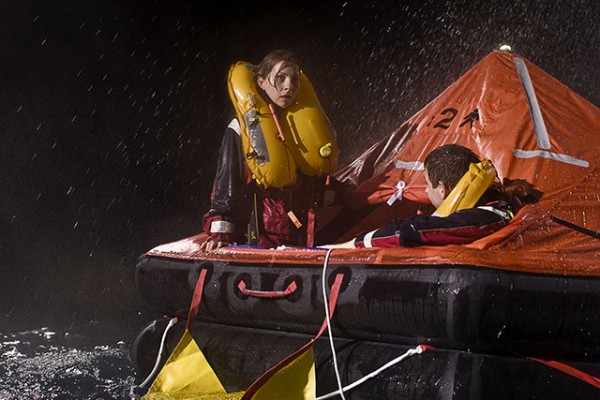Sailors are invited to attend the launch event of a prototype WITT device which could provide emergency power for lifesaving equipment at sea – and much more.
WITT Ltd will be holding the event next Thursday, 31 March, at the Royal National Lifeboat Institution (RNLI) headquarters in Poole, Dorset.
The charity has shown interest in the WITT device for the potential it offers in terms of powering elements of lifesaving equipment at sea. For example a WITT included on a life raft could offer emergency power for rescue beacons, LED lights and communications, without the worry of batteries ever running low.
It’s the brainchild of Martin Wickett, an engineer who was inspired by his self-winding watch to see if he could develop a three dimensional pendulum system to capture energy.
200-Watt Marine WITT
The result of his work is the 200-Watt Marine WITT – a unit that can be utilised across numerous marine applications including autonomous power units, large scale survival units, yachts crossing oceans, fishing vessels and LIDAR platforms.
It is being built by precision gear and transmission manufacturer Gibbs Gears with technical input from Schaeffler.
As well as providing the company’s first unit for sale to customers, it will showcase the capability to generate grid scale ocean power.
It is hoped the 200-Watt Marine WITT will be ready for wave tank testing this summer. The aim is to bring the product to market by mid 2017.
A company spokesman said: ‘The great advantage of this product is that no part of it is expensive or uses expensive components so when mass production comes on line it will be very competitively priced compared with existing alternatives.’
How does the WITT work?
The WITT converts Motional Energy that is all around us to provide electrical power. Contained within a sealed unit, WITTs utilize a 3D pendulum, which drives the transmission system, converting all motion, in any combination of the six degrees of freedom (back and forth, up and down, and side to side), into a single unidirectional rotation of a flywheel, to produce electricity.
WITTs harvest chaotic motion, fast, slow or erratic, turning it into useable power.
It is claimed that no other energy harvesting system can capture this full spectrum – thus the WITT absorbs up to 100% more energy compared to other devices.
Launch event
The RNLI is providing a room at its HQ in Poole (West Quay Road, BH15 1HZ) to allow the WITT team to present the technology to sailors and safety at sea personnel, as well as other interested parties.
The drop-in event will take place from 2pm-7pm. Come along to meet the team and see the amazing WITT prototype for yourself. Anyone interested in attending is asked to email pete@witt-energy.com
Man Over Board sailor praises rescue heroes: ‘I owe them my life’
Cornelis van Rietschoten tells PBO “Another 10 minutes and I would have been unconscious”
PBO Tested: 17 lifejackets
Five dedicated testers took to the RNLI College's training pool to put 17 lifejackets through their paces.
Lifejacket Lights on test
When was the last time you gave a second thought to your lifejacket light? They sit inside your packed lifejacket,…
How long can you survive in a liferaft?
As the deadline for the Cheeki Rafiki search looms, we look at cases of survival in liferafts
Liferafts on test
Watch a range of lifejackets being tested in the RNLI's lifeboat college pool.
Video – PBO liferaft test
Prices of liferafts range from £500 to more than £2,000. Will the cheap ones costing under £560 suit your type…









